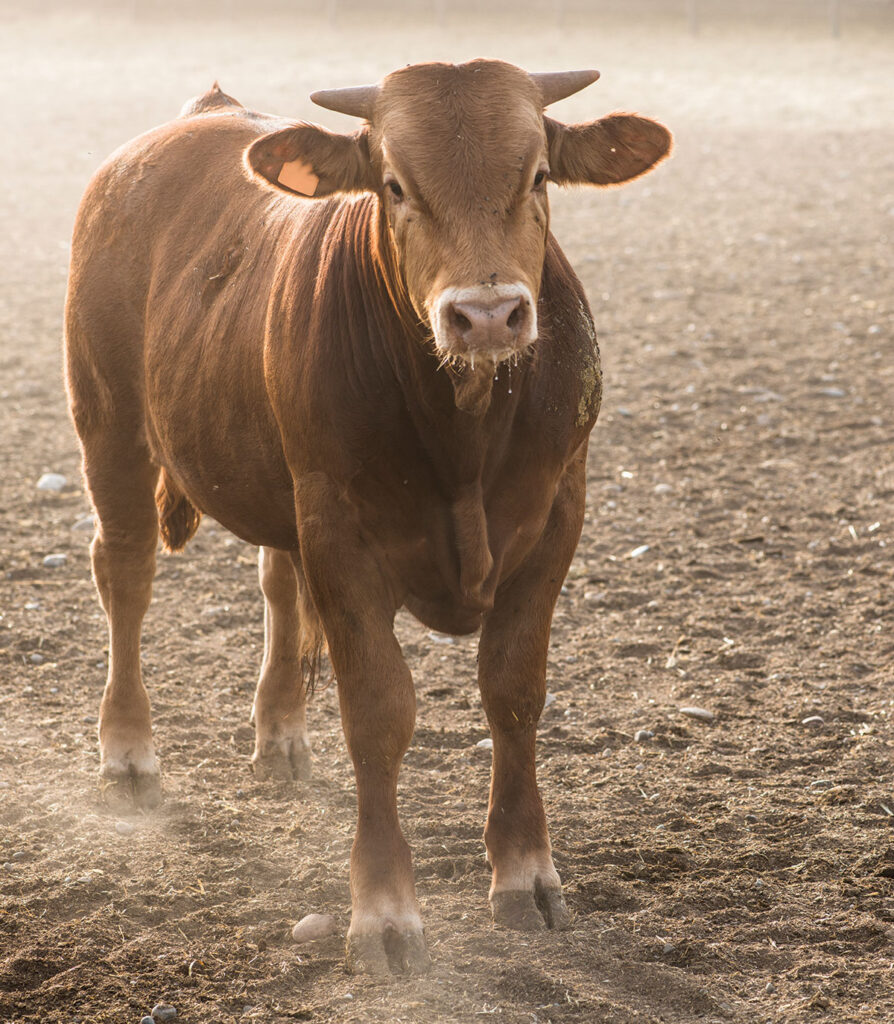
Proper nutrition and care after weaning is key
The development of herd bulls is a crucial part of having a successful cow herd. The producer is responsible for various aspects of bull development, including having strong beginning, sufficient nutrition and good genetics.
Producers should prioritize the growth and development of their bulls, because of the significant genetic impact sires have on the herd.
“The breeding herd is easily half of the cow herd,” said producer John Litton. “In numbers it’s not, but in reality, it may make up half or over half on whether or not you have a successful calf crop at harvest time”
Developing quality herd bulls starts with goal identification and a planning process. Selecting sires that complement cows and align with herd goals is essential.
“A producer needs to determine if he wants a few commodity calves to take to the sale barn once a year, or does he want to maximize his cow herd, pounds sold, and grass on his farm,” Litton said.
Not all bull calves have the potential to be developed into sires, so this selection process should begin early. Observing calves while they are still nursing will help determined if they need to be culled early on.
After the herd has been culled and weaned, proper nutrition should become a priority for those calves that are chosen to be kept for bulls. A lack of proper feedstuff between weaning time and yearling age can reduce and delay growth and pubertal development in bull calves.
“If you cut corners with nutrition and you don’t give them [bull calves] what they need, it’s going to be difficult for them to reach their genetic potential and do what is expected with them” Litton said.
Utilizing EPDs is one-way producers can identify certain genetic traits, or measure the growth of the calves. Although EPDs are an excellent tool, it’s also important to gauge the success of the animal on other factors as well.
“Looking at a bull’s average daily gain is part of it. So is feed efficiency. How much feed does it take to make that gain? As far as also looking at weaning weights and confirmation of the animal, is that the bull is making a carcass that is in demand in the industry?” Litton asked.
“Most of our small producers are not super familiar with EPDs other than the EPDs for calving ease and birthweight. These producers rely on the bull supplier to help them understand EPDs for other traits,” Veterinarian Mac Wilt said. “My advice for my commercial producers would be to purchase bulls from reputable breeders that use EPDs and genomics to produce replacement animals that show genetic improvement for the traits that the producer believes is most important to them.”
The use of EPDs and strong genetics, early identification and good nutrition can be excellent methods for quality bull development. As a result, producers will be able to improve their cow herd, increase profits and make a quality product for consumers.
“They [the producers] have to look at it from an economic standpoint, and then align their goals. They have to make sure the two complement each other using goals within reason of their resource,” Litton said.






